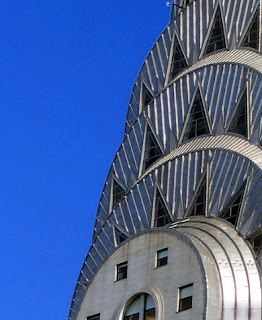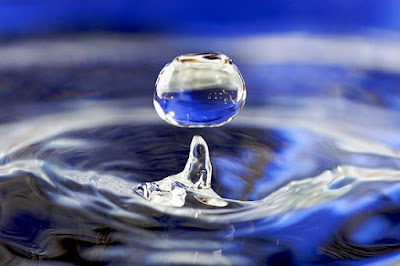What Is Matter? Whatever is around you is Matter. Whatever you can see, feel or smell is a matter. In simple terms, anything that has mass and occupies space is regarded as matter. All types of matter are made up of atoms (or even smaller sub-atomic particles). For example – when atoms are held together, they make solid, when they are separated; they make gases. Matter exhibit Wave-Particle Duality.
Solid State Of Matter
The solid State Of Matter is one of the four fundamental states of matter in which all the atoms are closely packed together with each other. Due to the small vibration between atoms, solid contains the least amount of Kinetic Energy.
Related: Amorphous Solid – Definition, Properties & Examples
The Properties of solids include that they are rigid, have a definite shape and volume, have a very sharp melting point, and have a very high density as compared to the other states of matter. Characteristics of solids include that they are generally incompressible too.
 |
|
The pinnacle of New York’s Chrysler Building is made up of stainless steel
Credit: Wikimedia Commons
|
There are generally two types of solids: Ordered or Crystalline Solid and disordered or Amorphous Solid. When molecules, atoms, or subatomic particles are arranged in a highly ordered manner, we call this type of solid – a Crystalline Solid.
Must Read: Difference Between Crystalline and Amorphous Solid
On the other hand, when there is a lack of long-range order, we call this type of solid – Amorphous solid. Examples of Crystalline Solids are table salt, diamond, metallic solids, etc. Examples of Amorphous Solids are an Amorphous Metal Transformer, cotton, thin-film lubricants, and amorphous metal like window glass, etc.
Check out: Crystalline Solid – Definition, Types, Properties & Examples
Liquid State Of Matter
A liquid is a type of matter in which all the atoms or particles are not closely packed with each other as compared to that the solid state of matter. Due to its loosely packed structure and vibrating particles, particles of liquids have enough kinetic energy to flow like a gas.
 |
| formation of a spherical droplet of liquid water Credit: Wikimedia Commons |
The properties of the liquid are that they have a definite volume but do not have a definite shape; therefore a liquid state of matter can take any shape. Characteristics of liquids include that they are nearly incompressible and have surface tension – meaning liquid can shrink itself to a minimum surface area like a water droplet. Examples of liquids are blood, gasoline, milk, water, etc.
see also, How To Calculate Density & Volume Using Buoyant Force – Archimedes Principle
Gaseous State Of Matter
In the Gaseous State Of Matter, all the particles are widely separated from each other. Due to this vast separation, particles of gas can freely move and resulting in much higher kinetic energy than that of solid or liquid states of matter. Gases follow all the Laws Of Thermodynamics such as Charles Law, Boyle’s Law, Ideal Gas Law or Gay-Lussac’s Law, etc.
 |
| A Balloon filled with Helium Gas Credit: indiamart.com |
The properties of gas include that they neither have a definite shape nor definite volume. Therefore gases can expand to fill any size of the container and occupy far more space than liquid or solid state of matter. The characteristics of gases also include that they are highly compressible. Examples of gases are natural gas, air, helium in a balloon, carbon dioxide, etc.
see also, Everything About First Law Of Thermodynamics Explained
Plasma
 |
| Lightning as an example of plasma present on Earth’s surface Credit: Wikimedia Commons |
